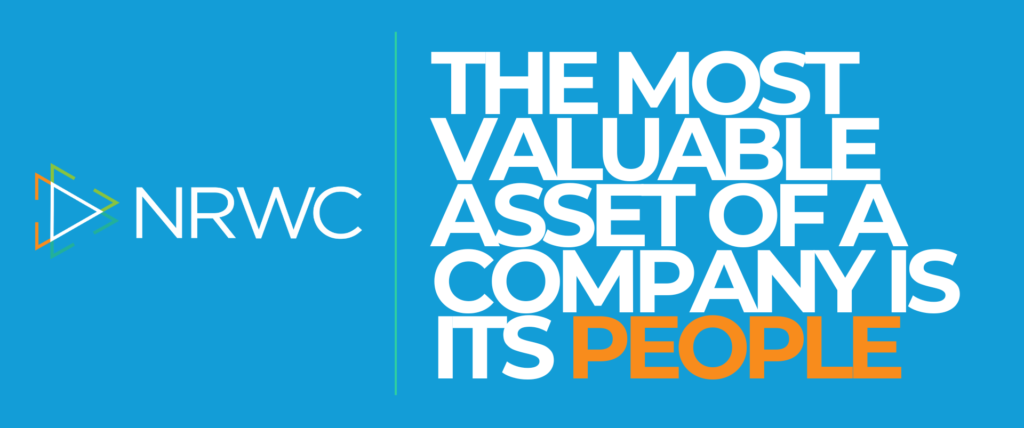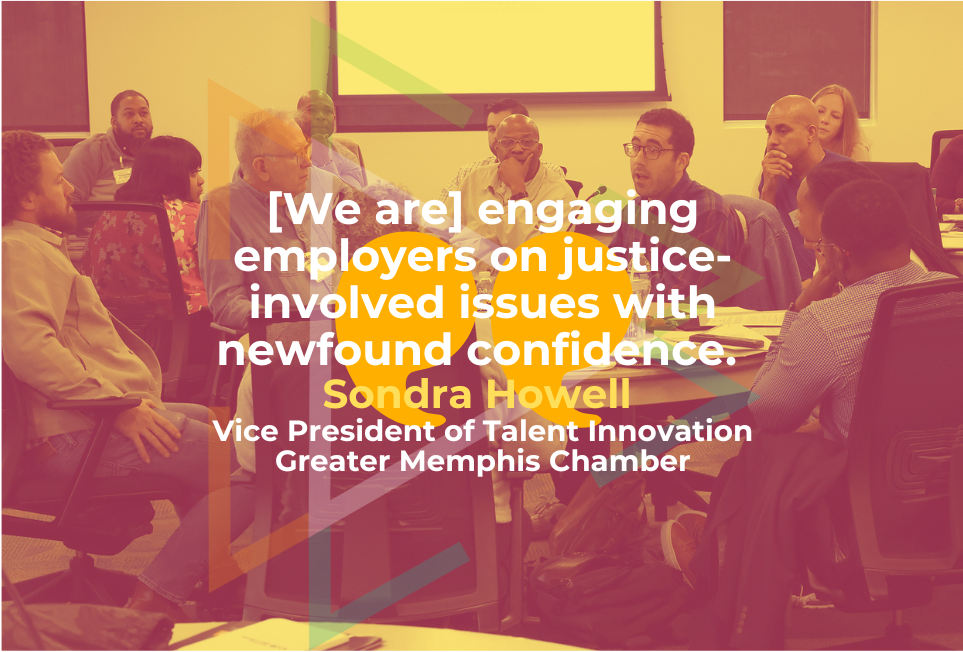Over the past few years, we have talked with many practitioners and representatives of
CBOs, state agencies, American Job Centers, chambers of commerce, and other
groups that are involved in fair chance hiring. Often, when we talk about their work
finding job opportunities for justice-impacted job seekers, they say things like,
“employers need to give our people a chance”, or other similar statements. While I
understand the sentiment, we at NRWC believe that the most valuable asset of a
company is its people. Groups involved in fair chance hiring are helping connect
employers with their most valuable asset. When an employee’s skills, aptitude, and
personality line up with the job and the culture of the company they add tremendous
value.

Hiring Justice-Impacted Employees
Maybe that person has a criminal record. And if they do, it doesn’t mean they are any
less likely to be the right person for the job. However, many employers view a justice-
impacted job seeker as a risk. Seeing a criminal record may be taken as an indicator
that a job seeker will be less reliable, will underperform, or may create problems on the
job. An employer may even have experience with a former employee who was justice-
impacted and proved not to be the best fit. But chances are, they likely also have
experience with non-justice impacted employees not being the best fits. When looking
into whether justice-impacted employees were more likely to be fired, a team of
researchers from Northwestern University’s Pritzker School of Law found that not only
were justice-impacted employees no more likely to be fired than non-justice-impacted
employees, but they were less likely to quit – saving their employers a significant
amount in turnover costs.
Additionally, the labor force is contracting. We have all either seen first-hand or heard stories about the difficulties in recruiting and retaining employees over the past several years. The Bureau of Labor Statistics projects that the labor force participation rate will fall to 60.2% in 2032. Before the Covid-19 pandemic, the participation rate was at 63.3% and has generally been decreasing from a 2000 high of 67.4%. Expanding efforts to recruit more hard-working employees is responsible business. Those efforts shouldn’t stop at a criminal record.

NRWC Employer Engagement Training Program
This is a large part of why NRWC launched its Employer Engagement Training program. To equip support organizations (CBOs, Chamber of Commerce, Government Agencies, etc.) with the practices and tools they need to build talent pipelines and long-term relationships with employers, hence, providing their most valuable asset. The program is changing the way people in these organizations think and engage with employers.
